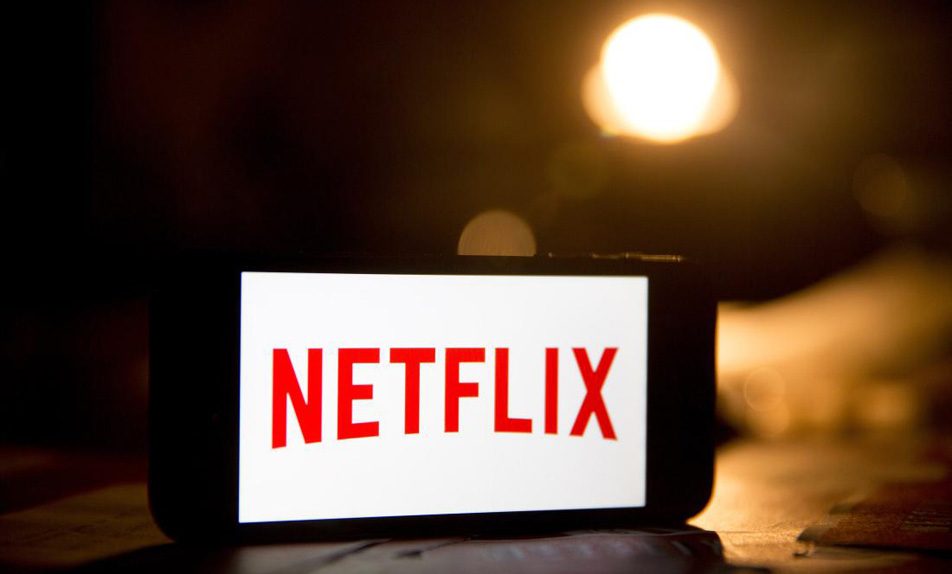While Netflix was once synonymous for shipping boatloads of DVDs by mail, Netflix today is primarily a streaming-based company with two primary objectives. One, it’s dead set on creating a seemingly endless supply of original content. And two, it does all it can to ensure that users stay inside the Netflix universe for as long as possible.
DON’T MISS: Will the iPhone 7 launch be delayed by the FBI’s backdoor request?
To achieve the second objective, Netflix is continuously tweaking and experimenting with its recommendation algorithm, which is partially based on the company’s rating system. To this end, we recently highlighted how the Netflix ratings one sees don’t necessarily represent a running average of how all Netflix users rated a particular movie or program. Rather, Netflix groups users with similar entertainment tastes together and sources the ratings from within those specific groups. So, for instance, even if a teenage-oriented romantic comedy nets 4 or 5 stars, it’s not going to show up as a recommendation if your viewing history suggests you’re primarily interested in crime dramas and sports documentaries.
Shedding even more light on the company’s somewhat murky and often-evolving recommendation algorithm, Netflix’s VP of product innovation, Chris Jaffe, explains that the company will sometimes throw in a recommendation curveball to see if a user’s interests are perhaps broader than their viewing history suggests.
Netflix knows it has just 90 seconds to convince the user it has something for them to watch before they abandon the service and move on to something else, so personalization is key to ensuring users keep coming back.
But there’s also the problem of over-personalization, so Netflix has to introduce variants.
Jaffe says he really loves dark TV dramas. The algorithm knows that, so it will mostly point him towards more shows of that genre.
But every now and then, it’ll throw in a horror to gauge Jaffe’s interest. Jaffe hasn’t watched a horror movie in four years, so the algorithm quickly learns he’s not interested. So it’ll try something else — maybe a documentary or a comedy — to let him know there’s more to Netflix than just dark TV dramas.
This is actually quite a brilliant strategy. With so much content to be had on Netflix, it’s incredibly easy for users to get trapped watching the same types of shows across the same genres without even giving something new a chance.
Needless to say, Netflix is constantly experimenting with its recommendation algorithm, a strategy that even extends to seemingly minor details like image and font size on its splash screen. For instance, Jaffe explains that Netflix runs A/B testing designed to measure how users respond differently when program images are sized differently or if the font is bigger.
For example, Netflix tested whether the image that appears at the top of the screen when you hover over a title should be static, or a carousel. A rotation of three image worked best, according to Jaffe.
The takeaway here is that nothing you see on the screen when you fire up Netflix is accidental. Quite the contrary, it stands to reason that every last detail imaginable has been tested and re-tested across hundreds of thousands of users in order to deliver an optimal viewing experience.




